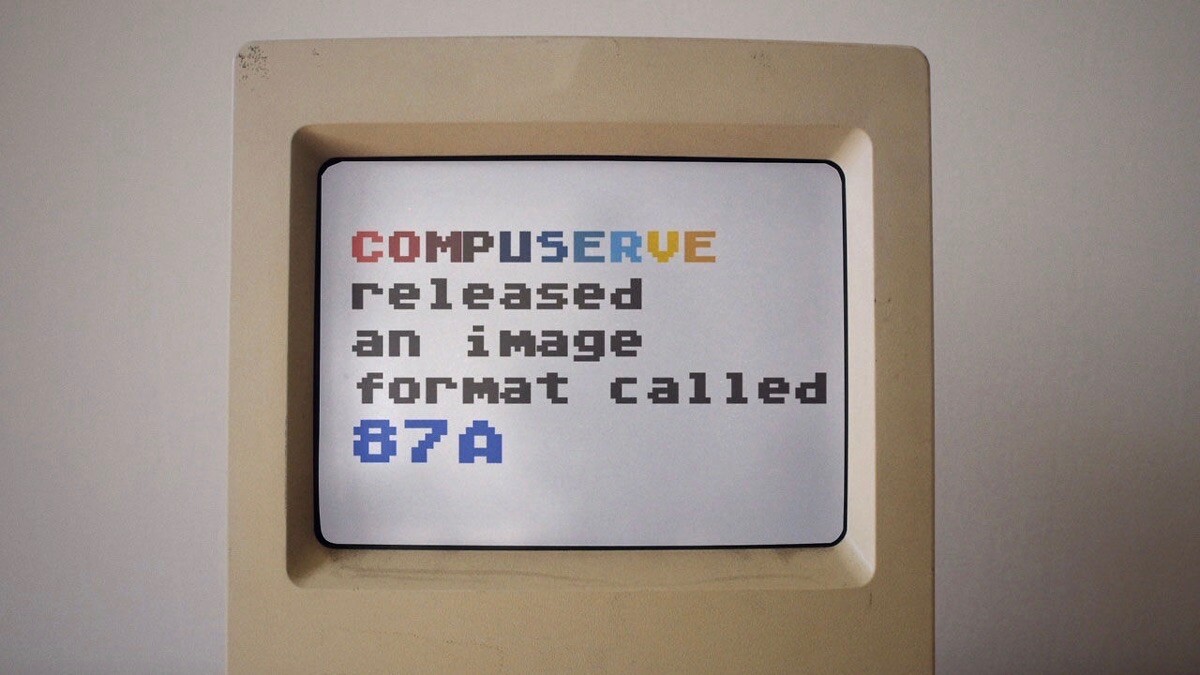
The History of Web Design
As people and companies demand more functionality, the process of putting together a site has become infinitely more difficult for developers. To appreciate how much more rich and complex the Internet as a medium has become, you only have to look at the evolution of Web design.
Early Web Design
In the late ’80s and early-90s, webpages once consisted of text, links and images, laid out in a single column, against a plain, sometimes colored background. The basic building block of the Web was HTML, and the most sophisticated visual element may have been the now-maligned blinking text, or later, the animated GIF.
The Rise of Animation
The animated GIF, of course, holds on — sites like Buzzfeed and Tumblr are nearly unimaginable without it. But its popularity showed early on how much people liked elements that added dimension — whether it was movement or color — to the flatness of the computer screen.
Introduction of Flash and Java
The Web took a major leap towards visual sophistication in 1995, when Flash and Java introduced full-scale animation and interactivity to the Web. Flash allowed sites to display little mini-movies, often with eye-catching graphics and zippy animations. Java made it possible to truly interact with sites: enter data or click a button, and get something back instantly.
Advancements in Web Technologies
By the late-90s, Web design, and the technologies used to create sites, accelerated in innovation. Thanks to the creation of CSS in 1996, sites became “responsive,” able to detect what device you browsed the Internet on, and how to tailor its appearance in response. But most importantly, it did it in a way that was relatively lightweight.
Real-Time Rendering with PHP
Later, programming languages like PHP, which connected websites to databases, allowed content to be rendered and updated in real-time and on-the-fly. We wouldn’t be able to check changes in flight time, stock quotes and weather on the Web without technologies like PHP, but they also added yet another layer of complexity to the nuts and bolts of the Internet.
Explosion of Websites
By 1999, 280 million users were flocking to over 2.2 million websites. A mere four years later, by 2003, those numbers would explode, as 780 million users browsed over 38 million websites.
The Emphasis on Visual Content
The sheer glut of sites means webmasters have to compete for our increasingly overloaded attention spans, and the most successful sites often boast an emphasis on visual content like images and videos, designed to catch the eye to stand out. It’s these elements that are often large and heavy to load.
Challenges of Website Bloat
But sometimes in the race for page views, sites can get bloated or overloaded with features they don’t need. “Often times, clients will feel certain that they need to have features that may not truly be necessary,” Bergmann said, pointing to the persistent use of Flash, despite its known limitations on mobile devices.
The result? A website that takes forever to load or crashes a browser repeatedly, leading to frustration from novices and experienced users alike, making it easy to think, “Who needs this anyway?” and click off right away.

